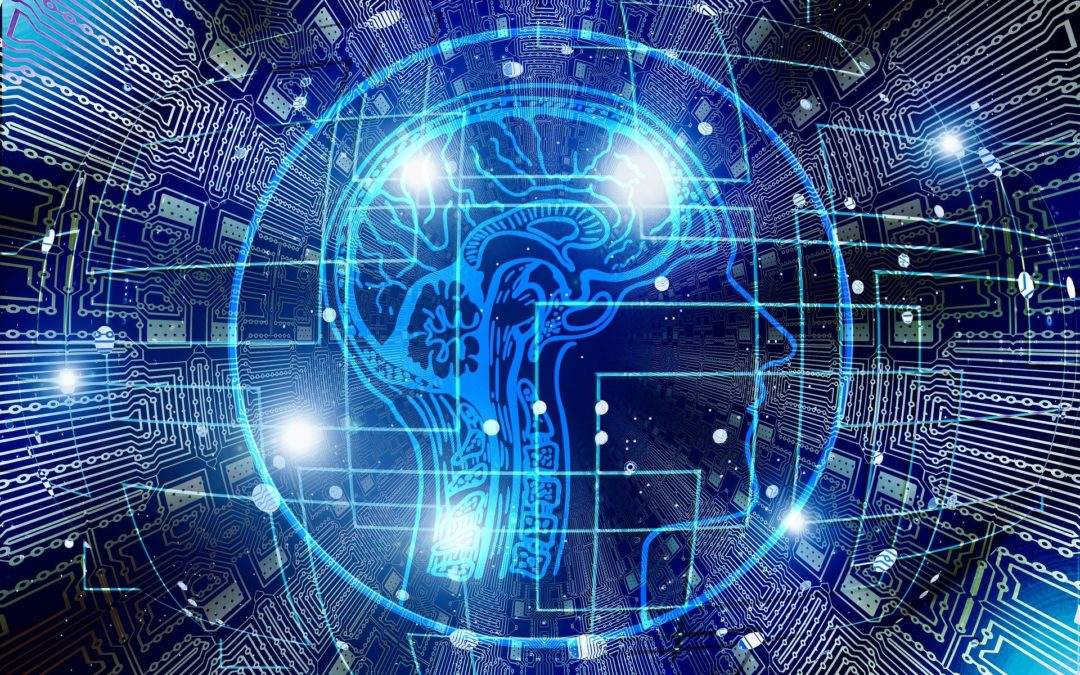Applications of artificial intelligence
The concept of Artificial Intelligence (AI) is becoming increasingly common in our everyday lives. But what does artificial intelligence mean? According to the Oxford Advanced Learner’s Dictionary, artificial intelligence is “the study and development of computer systems that can copy intelligent human behaviour”. Some specific applications of artificial intelligence include natural language processing and speech recognition.
Nowadays, we use AI systems to write articles or even translations. These “automatic” solutions are gaining many allies. Unsurprisingly, language industry professionals are beginning to question the reliability of these growing systems.
Recent developments in applications of artificial intelligence
Applications of artificial intelligence have grown so dramatically in recent years that it is almost impossible to keep up with the changes. Ten years ago, for example, no one could have imagined self-driving cars. But now, they are more reality than fantasy.
Another example of a new AI system is the smart vacuum cleaner. This vacuum cleaner can scan a room, identify obstacles that may stand in its way, and clean the whole room in a matter of minutes. What’s more, it doesn’t need any human help to clean. Amazing, isn’t it?
Artificial intelligence technologies are developing rapidly because they can process huge amounts of data much faster than humans can, and even make more accurate predictions.
Applications of artificial intelligence in language programmes
However, not all developments are related to physical robots. Chatbots are on almost every website to help customers if they need any kind of assistance. By simply accessing a website, a chat will pop up and you will be able to ask any question, which artificial intelligence will answer in an instant.
ChatGPT
OpenAI developed and launched ChatGPT in November 2022. It is one of the newest and most efficient chatbots. This AI can hold real conversations and can express itself in such a natural and accurate way that it can be difficult to detect that the text is generated by artificial intelligence. This chatbot is working so well that some believe it could take on Google.
Bard
Google could not sit idly by, so it created Bard to try and take on ChatGPT. Bard shares the same goal and process as ChatGPT: to create real conversations with successful answers. However, it has not been officially launched yet, so it is still just an experiment while a few things need to be improved.
Applications of artificial intelligence in translation
If AI can recreate real conversations without human intervention, then what about translation? Can AI translate an entire text from any language? The answer is yes, it can. But there is a big debate about whether these translations are as accurate as those produced by human translators.
In our previous blog post on artificial intelligence and translation (2021), we discussed how technology is changing our approach to languages. However, two years can make a real difference when talking about AI. Today, new applications of artificial intelligence in translation programmes have been developed or improved, with the aim of achieving the best possible translation.
One example is DeepL. DeepL Translator translates into 31 different languages using artificial neural networks. These networks work by comparing millions of translated texts and it has become one of the most reliable translation sites.
So why should we still rely on human translators? The answer is simple. There are factors in translation that a computer simply cannot distinguish: context, target audience, implicit meaning, cultural nuances… A translation should not just be a literal translation, but a translation as a whole, including some factors that only humans can recognize.
Language-based artificial intelligence errors
Here are some examples of mistakes that artificial intelligence often makes in translation.
Translation of proper nouns: if we enter a text with the person’s name “Marlon Apple”, AI will probably translate “apple”, even though it is wrong to translate surnames, because it only understands “apple” as a fruit, not as a surname.
Errors in the original text: if the text contains an error, AI will not be able to process it and will leave the word untranslated or will translate it for a similar one, even if it is incorrect.
Nevertheless, we cannot deny that they are useful tools that we can use to help us achieve our goal. But again, there always needs to be a human figure to check that the job is well done and that the result is optimal. It is the same with the smart vacuum cleaner, we trust it, but we always check that the room has been successfully cleaned.
LingoStar translation services
At LingoStar, we are constantly striving to achieve the best results when providing you with language services. For this reason, we rely on professional translators who are native speakers of the languages we translate. In addition, the translations are also edited, proofread and reviewed by equally qualified linguists.
We want your project to be a success, with excellent results so that language barriers within your organization are no longer an issue.
If you need help with any translation or interpreting, please request a free translation quote. You can also email us at info@lingo-star.com. We’ll be more than happy to help.
Have you heard about our ebooks on multilingual website translation? Check them out!


















